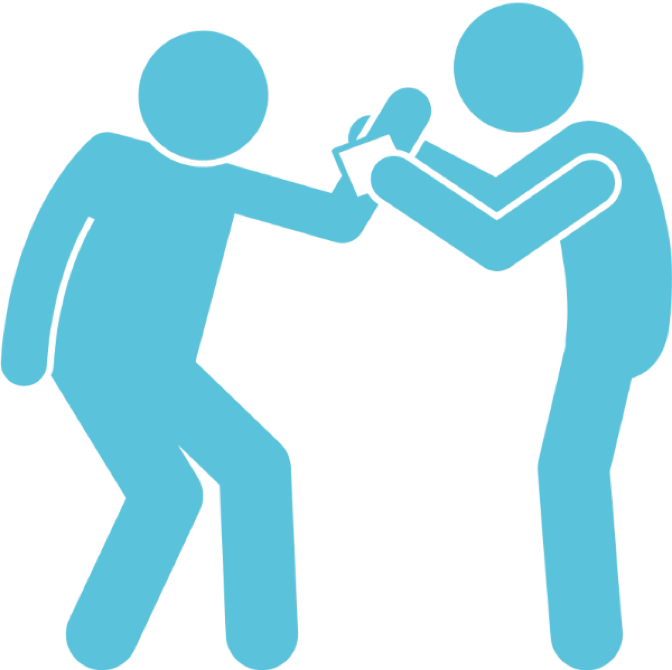Treating Wounds
Open Wounds
Infection control is a critical factor when treating a bleed.
You must wear non-latex gloves and may consider wearing a face covering.
Once the wound has been compressed you should:
- Expose the wound
- Irrigate the wound taking care not to disturb any clot
- Bandage the wound
- Perform a capillary reflex1
If blood seeps through the first bandage, you can apply a second bandage (tighter) over the top to constrict the blood vessels.
If blood appear through the second bandage, you must remove the soiled bandages and start again ensuring to dispose of any soiled dressings in an appropriate manner.
Embedded Objects
Never remove an embedded object. It should be supported in the position it’s in.
You should then follow the same procedure as an open wound ensuring not to apply any direct pressure to the top of the object.
Treating a Contusion
Bruising can last up to two weeks. As the bleed is internal (below the skin) all you can do is apply a cold compress. This should be in 20 minute intervals.
If you’re using ice, ensure it is wrapped in a triangular bandage to avoid burning the skin.
If the bruise is still there after 2 weeks, the casualty may want to seek medical advice.
Foreign Objects
Any object stuck in the nasal or ear cavity should only be removed by a medical expert. If it’s an insect, this can be flushed out with water.
If the casualty has a splinter, this is normally safe to remove with sterile tweezers. If the object embedded is glass or a fishing hook this should not be removed and medical advice should be sought.
 Treating a Nose Bleed
Treating a Nose Bleed
Nose bleeds are fairly common.
If it’s a normal nose bleed (not cerebral fluid) you should:
- Sit the casualty down with the head tilted forwards.
- Pinch the soft part of the nose for10 minutes.
- Relieve the pressure (1 cycles)
- If it’s still bleeding reapply the pressure for a further 2 cycles.
- After 3 cycles (30 minutes) medical intervention will be required to stop the bleed.
If it has clotted, encourage the casualty not to blow or rub their nose as this will disturb the clot.
Minor Cuts and Grazes
After you have checked the wound for infection you must ask the casualty if they are “allergic to plasters”.
Once applied ensuring you do a capillary reflex, the casualty should monitor their skin for any signs of a rash.
If it becomes uncomfortable they should return to the first aider so you can:
- Remove the plaster
- Clean the wound removing any adhesive
- Apply a sterile dressing
You only need to seek medical advice if:
- You think there is deeper tissue damage. Indications of this can include numbness or a bleed that is difficult to control.
- The wound is at risk of being infected or has become infected. Signs of this will include swelling, redness, increasing pain, pus oozing from the wound.
- The would will leave an unwelcome scar.
1 Press the skin below the wound. Within 2 seconds of releasing your finger the skin should return to its normal colour. If it remains white you’ve cut the circulation off. Remove any bandages and start again.
Version: Version: 1.00


